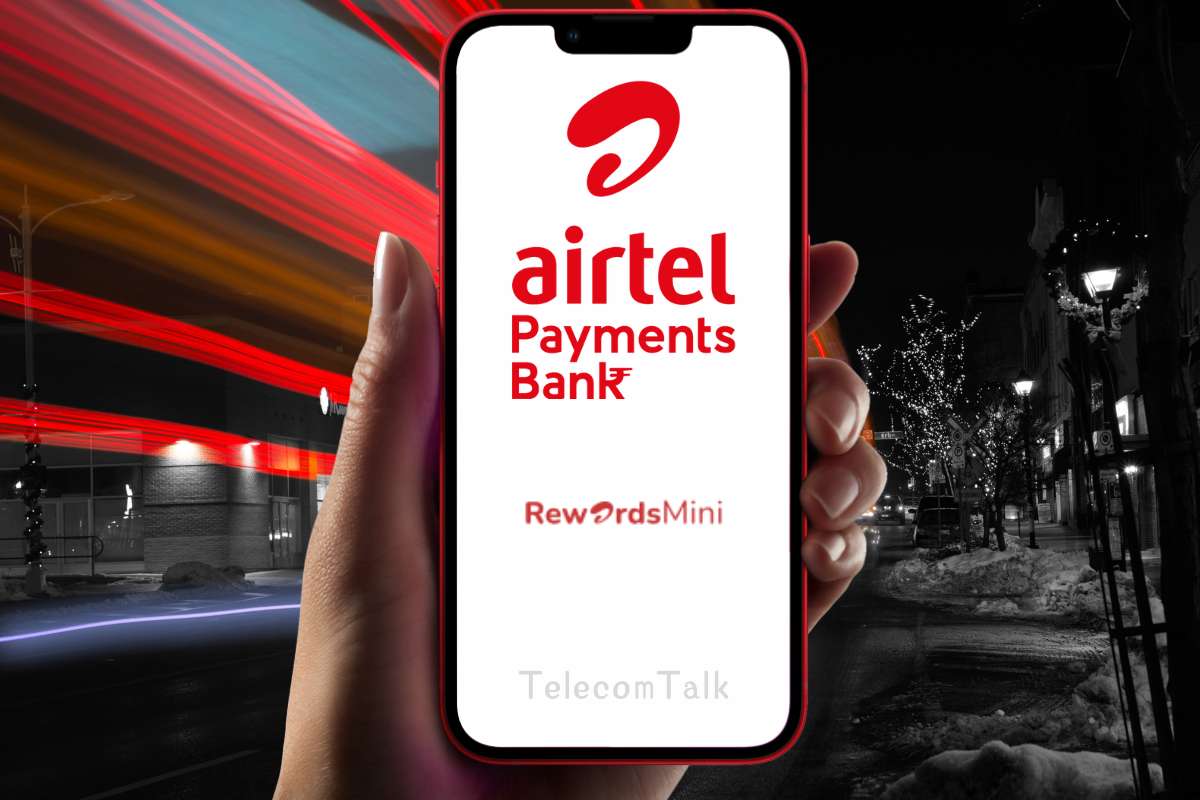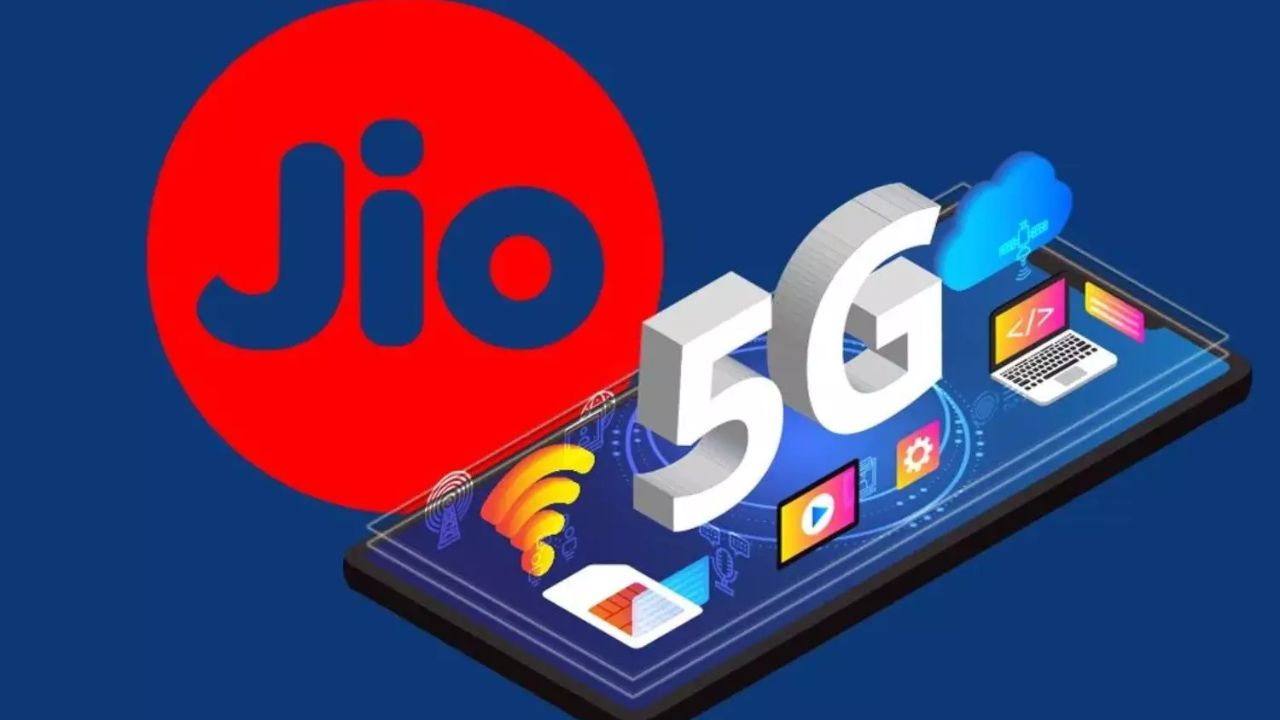India finds itself at a crossroads in the evolving landscape of digital finance, grappling with the proposition of establishing a national Bitcoin reserve. This concept, recently championed by Pradeep Bhandari, national spokesperson for India’s ruling Bharatiya Janata Party (BJP), has ignited a complex debate: Is this a genuine move towards economic maturity and resilience, or merely a calculated political play designed to project global leadership and respond to international trends?
Key Takeaways:
- A BJP spokesperson has publicly advocated for an Indian Bitcoin reserve pilot program.
- The proposal frames Bitcoin as a strategic asset for economic resilience, akin to gold.
- Global precedents, including US state-level initiatives and Bhutan’s state-run mining, are cited.
- India’s current crypto stance is characterized by heavy taxation (30% flat tax, 1% TDS) but a lack of comprehensive regulation.
- The Reserve Bank of India (RBI) is actively exploring a Central Bank Digital Currency (CBDC), the digital rupee.
- Challenges for Bitcoin adoption in India include regulatory uncertainty, security concerns, and financial literacy gaps.
- Public opinion on cryptocurrency in India is divided, with many seeing potential for financial inclusion and economic growth.
The discourse around a Bitcoin reserve for India comes at a time when the nation’s cryptocurrency policy remains in a state of flux. While trading and holding cryptocurrencies like Bitcoin are legal in India, they are not recognized as legal tender. The government has imposed a significant 30% flat tax on Virtual Digital Assets (VDAs) and a 1% Tax Deducted at Source (TDS) on transactions exceeding ₹10,000 (approximately $120 USD), creating a framework that taxes profits but lacks explicit regulatory clarity. This “taxed but unregulated” approach has left investors and businesses navigating a challenging environment.
The Call for a Sovereign Bitcoin Reserve
Pradeep Bhandari, in an op-ed published in India Today, argued that India should consider a pilot program to hold Bitcoin as a strategic reserve asset. His rationale centers on Bitcoin’s properties as a decentralized asset with a fixed supply of 21 million BTC, high liquidity, and transparency, labeling it “digital gold.” He contends that such a move would bolster India’s fiscal resilience and act as a hedge against economic uncertainty, aligning India with emerging global financial trends.
Bhandari pointed to the United States’ efforts to expand federal Bitcoin holdings and Bhutan’s state-run Bitcoin mining operations as examples of nations recognizing Bitcoin’s growing significance. As of March 2025, the United States holds approximately 207,189 BTC, the largest known state holding, while Bhutan has amassed over $1 billion in reserves since 2021, leveraging its hydropower resources for mining. India, with its expanding renewable energy infrastructure, could potentially adapt a similar model.
The idea of a national Bitcoin reserve is not without precedent. Several countries, including Argentina, Brazil, Hong Kong, and Japan, have seen parliamentary bills introduced to explore central bank Bitcoin holdings. Japan’s Government Pension Investment Fund, one of the world’s largest, has also indicated plans to explore diversification into Bitcoin. These developments suggest a growing global acceptance of Bitcoin as a legitimate asset class, potentially influencing India’s policymakers.
India’s Current Stance: A Regulatory Labyrinth
India’s journey with cryptocurrency has been characterized by caution and a gradual, albeit hesitant, acceptance. The Reserve Bank of India (RBI) had previously banned banks from dealing with crypto in 2018, a decision later overturned by the Supreme Court in 2020. This legal battle highlighted the underlying tension between financial stability concerns and the potential for innovation.
Today, while crypto is not illegal, it operates in a legal grey zone. The taxation framework introduced in the Union Budget of 2022, which categorizes digital assets as VDAs, has had a profound impact. Beyond the 30% flat tax on profits and 1% TDS, no other expenses or losses can be offset. Furthermore, the Union Budget of 2025 introduced a new mechanism, Schedule VDA, for documenting cryptocurrency transactions, making it mandatory for individuals and businesses to report their crypto profits. Crypto exchanges and platforms are now required to furnish detailed transaction data to tax authorities, tightening compliance and deterring evasion.
This tight regulatory environment, while aimed at ensuring financial oversight and curbing illicit activities, has also led to a decline in trading volumes on Indian exchanges, with some investors opting for offshore platforms. The long-promised policy discussion paper on cryptocurrency, initially expected after India’s G20 presidency in 2023, has faced delays, with officials stating it is being “recalibrated” in light of global shifts. This regulatory uncertainty remains a significant hurdle for widespread Bitcoin adoption and the growth of the domestic crypto ecosystem.
Maturity Test or Political Theater?
The proposal for a Bitcoin reserve can be viewed through two lenses: a strategic maturity test for India’s economic foresight or an element of political theater.
From the perspective of a maturity test, embracing Bitcoin as a reserve asset could signify India’s willingness to diversify its foreign exchange reserves, which primarily consist of foreign currency assets (largely US dollars, bonds, and treasury bills), gold reserves, Special Drawing Rights (SDRs) with the International Monetary Fund (IMF), and Reserve Tranche Position (RTP) with the IMF. As of April 2025, India’s forex reserves stood at approximately $677.84 billion, with gold’s share nearly doubling to 12% by February 2025. Adding Bitcoin could offer another hedge against inflation and geopolitical risks, given its decentralized nature and limited supply. The IMF’s recent classification of Bitcoin as a capital asset further strengthens the argument for its inclusion in national reserves.
However, the political theater aspect cannot be ignored. The call for a Bitcoin reserve comes as nations like the US, Russia, China, and Brazil are actively developing their national crypto strategies. By publicly advocating for a Bitcoin pilot, India’s ruling party could be signaling its intent to stay competitive in the digital finance arena and project an image of forward-thinking leadership. It could also be a strategic move to encourage domestic innovation in the digital asset space and protect a rising investor class within India. The timing of Bhandari’s statement, amidst a global resurgence in crypto interest fueled by events like the Bitcoin Halving in April 2024 and the approval of spot Bitcoin Exchange-Traded Funds (ETFs) in the US, suggests a desire to align India with a global trend.
Challenges and the Road Ahead
Despite the potential benefits, India faces substantial challenges in fully integrating Bitcoin into its financial framework. Regulatory uncertainty remains the primary concern, hindering both institutional and retail adoption. The lack of a comprehensive legal framework creates confusion and deters large-scale investments.
Security concerns and the risk of fraudulent activities are also critical. The Indian crypto industry has seen instances of scams and hacking, highlighting the need for robust investor protection measures. Furthermore, financial literacy is a significant hurdle. A large portion of the Indian population lacks a fundamental understanding of investments, risk, and digital assets, making them vulnerable to market volatility and scams. Efforts by organizations like Binance through initiatives such as “Binance Blockchain Yatra 2025” aim to bridge this gap, but widespread education is essential.
Another layer of complexity is the Reserve Bank of India’s ongoing work on its Central Bank Digital Currency (CBDC), the digital rupee (e₹). The RBI is actively exploring the potential of digital currencies, and while a CBDC offers centralized control and stability, it also raises questions about its coexistence with decentralized cryptocurrencies like Bitcoin. The government’s proposed legislation, the Cryptocurrency and Regulation of Official Digital Currency Bill 2021, which includes provisions for prohibiting private cryptocurrencies, remains pending, adding to the regulatory ambiguity.
Ultimately, whether India moves forward with a Bitcoin reserve will be a testament to its long-term vision for its financial system. It requires a balanced approach that addresses economic opportunities, mitigates risks, and fosters public understanding. The current debate highlights a pivotal moment where India must decide if it is ready to embrace a new form of reserve asset, not just for economic gain, but also to solidify its position in the rapidly evolving global digital economy.
FAQs about Bitcoin Reserve for India
Q1: What is a Bitcoin reserve?
A1: A Bitcoin reserve refers to a portion of a country’s national foreign exchange reserves held in Bitcoin, rather than traditional assets like gold or foreign currencies. It functions as a strategic asset to diversify holdings and potentially hedge against economic uncertainties.
Q2: Why is India considering a Bitcoin reserve?
A2: India is considering a Bitcoin reserve to potentially enhance its economic resilience, diversify its national reserves, and align itself with global trends in digital finance. Proponents argue it could act as a hedge against inflation and offer a strategic advantage in an increasingly digital world.
Q3: What is India’s current legal stance on cryptocurrency?
A3: As of mid-2025, cryptocurrency trading and holding are legal in India. However, cryptocurrencies are not recognized as legal tender. Profits from Virtual Digital Assets (VDAs) are subject to a 30% flat tax, and a 1% Tax Deducted at Source (TDS) applies to transactions over ₹10,000. There is currently no comprehensive regulatory framework.
Q4: How does a Bitcoin reserve differ from India’s CBDC (digital rupee)?
A4: A Bitcoin reserve would involve holding decentralized Bitcoin as a strategic asset. In contrast, India’s Central Bank Digital Currency (CBDC), the digital rupee (e₹), is a centralized digital currency issued and controlled by the Reserve Bank of India, similar to fiat currency but in a digital form.
Q5: Which other countries hold Bitcoin as a reserve asset?
A5: While not all central banks publicly disclose their crypto holdings, countries like El Salvador have adopted Bitcoin as legal tender and hold it as a reserve. The United States government holds a significant amount of seized Bitcoin. Bhutan has also accumulated substantial Bitcoin reserves through state-run mining operations.
Q6: What are the main challenges for India in establishing a Bitcoin reserve?
A6: Key challenges include developing a clear and comprehensive regulatory framework, addressing concerns about market volatility and security, and improving financial literacy among the public to ensure informed participation and protection against scams. The RBI’s cautious approach to decentralized cryptocurrencies also plays a role.


















